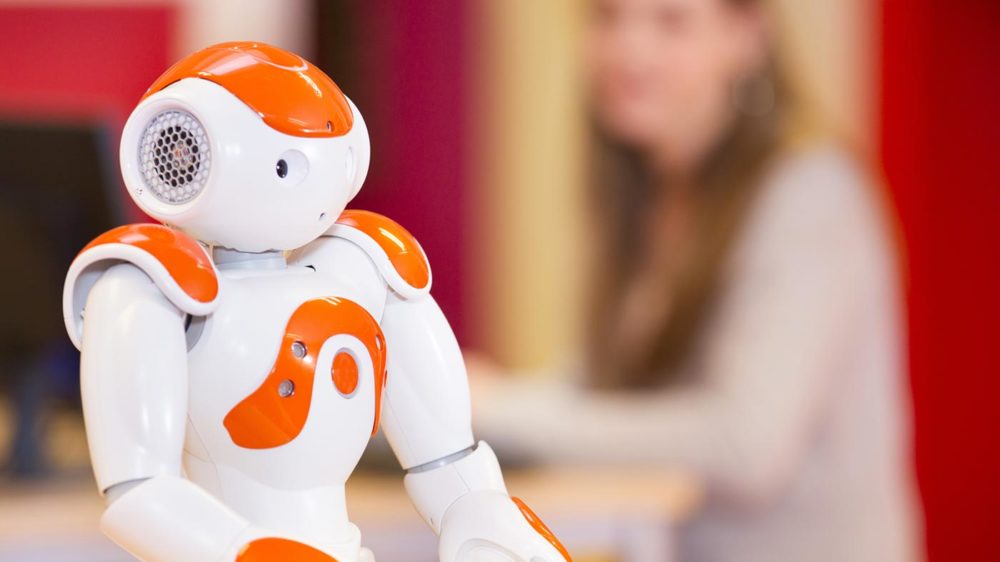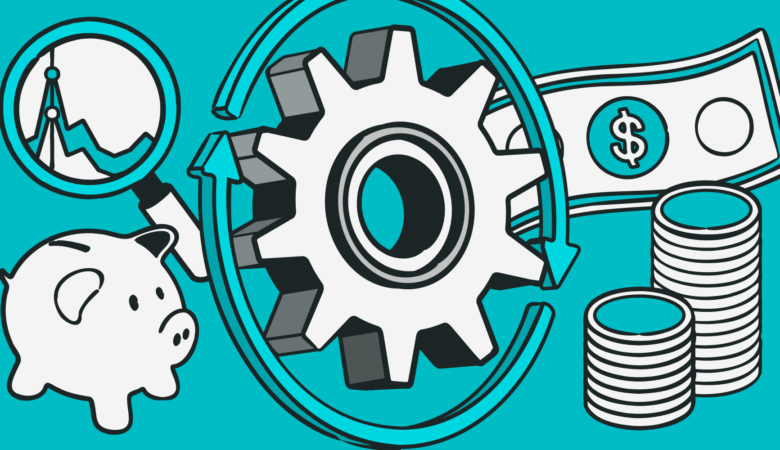2016 is getting underway, and the realm of science fiction is quickly bleeding into the real world. Yet with so much development and innovation it can be hard to pause and take stock of exactly where we are.
Smart phones are a relatively recent invention, but for many of us it feels like we’ve always had one. Flat screen televisions, video chatting, drones, and self-driving cars all seemed like things of the distant future not too long ago. Today, however, we’d like to look at one of the most promising (and terrifying) technological advances of the current age: Robotics.
Tech companies are popping up all across Silicon Valley and many of them are trying to answer one question: How far can we push robotics and artificial intelligence? To answer these questions we must first ask ourselves, what exactly is a robot?
By definition, a robot is a device that adapts to its environment thanks to autonomous movement and makes independent decisions. This does not include other types of machines that perform a repetitive task or require some kind of remote control. The position of the artificial intelligence allows it to operate without a human being plugging in instructions.
So what kind of shape are the robotics of 2016 in? We need to take a look at how the technology is being used presently. For starters, there’s the Atlas Robot, featured in this video. It can navigate obstacles that are placed in its way as well as climb stairs. Its awareness of the environment around it allow it to make decisions and adjust its course accordingly. Similar technology is used in self driving cars, allowing them to safely navigate city streets and busy intersections. The state of artificial intelligence for this year could lead to more advanced developments in the future.
It is also worthy to note that the newest circumstances of artificial intelligence are allowing machines to observe and learn. Stanford computer scientists have built an A.I. that is capable of watching a pilot perform complex stunts with a model helicopter and learn how to operate it on its own.
In a fairly short amount of time the circumstances of the robot allowed it to learn to perform the type of stunts and maneuvers that a human pilot could take countless hours to master. The shape of the A.I. allowed it to take over the remote controlled helicopter and fly it on its own. This type of autonomous self-development is what is allowing the state of robotics to grow so rapidly through 2016, and it allows the technology to learn new things, instead of having a team of programmers plug instructions in during the development stage.
The conditions of robotics are being adapted more and more so they can work as desk receptionists, customer service representatives, and be effective in many other types of jobs. The technology is being used to efficiently run Amazon warehouses, replace a person’s sight with robotic eyes, and some programs are even able to recreate a person’s voice based on a recording. How do you think the state of robotics will change in the future? What are you most excited for?





Leave a Reply